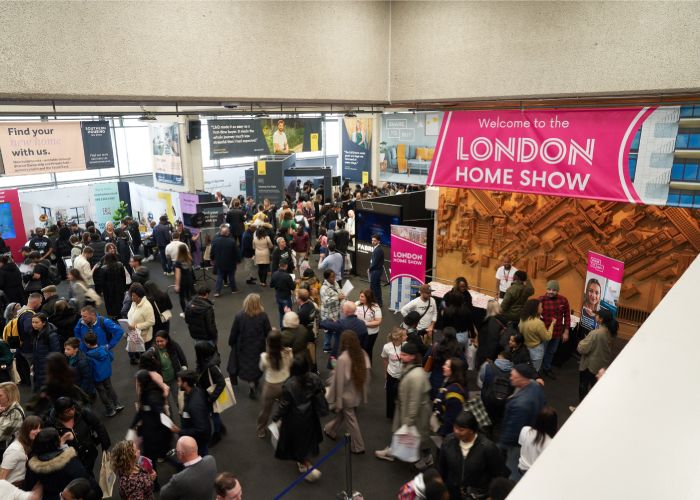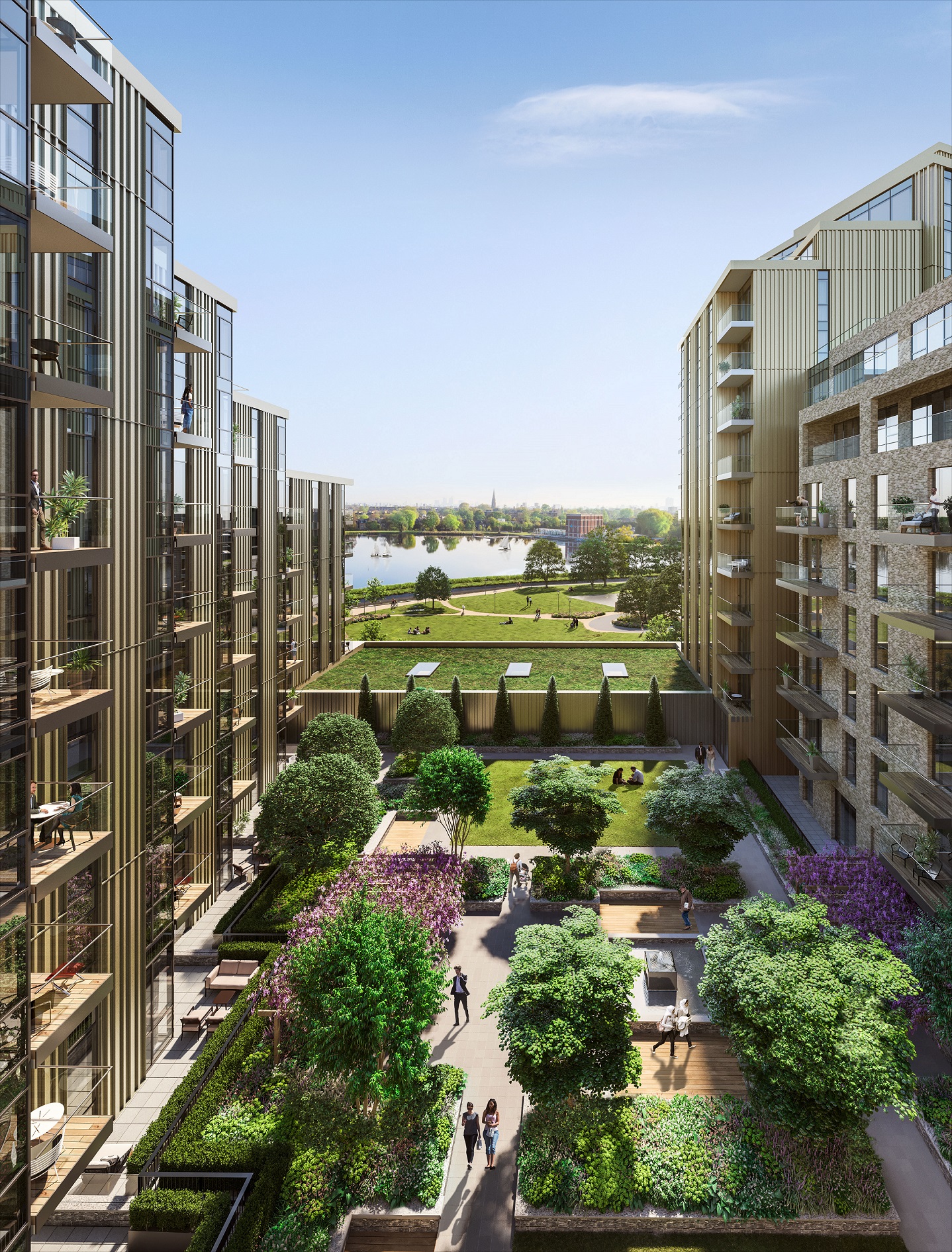What are the costs of Shared Ownership?
Beginning the process of buying a shared ownership home involves many important factors, with financial preparedness being the most critical. It’s essential to confirm you can afford the payments on the property before diving in. Explore our range of resources and advice, to understand the various costs included in the process.
Keep reading to find out more about shared ownership purchase costs, eligibility and shared ownership mortgages

What are the costs for purchasing a Shared Ownership home?
You may know the costs of a standard home, but a Shared Ownership property is a whole different kettle of fish. Find out what to expect when you buy a shared ownership home.
A small deposit
To buy a Shared Ownership home, you will first have to put down a deposit. The benefit of a Shared Ownership home is that this upfront cost will be a lot less than the deposit for a regular house on the market, usually varying from 5% to 10%.


Your mortgage
In case you are new to mortgages (lucky you by the way), they are a form of loan that you need to finance your property. This is then repaid in monthly instalments until your mortgage is paid off.
Like with buying most houses, you will have to pay a mortgage on a Shared Ownership home. The amount that you pay on your mortgage will vary depending on the value of the share you purchase, your deposit and the remaining length of your mortgage term.
Rent for the rest of the property
Alongside your deposit and mortgage payments, you also have to rent for the portion of the house you haven’t paid for. Rent on a Shared Ownership home is usually around 3% of the unsold portion of the property.
Shared Ownership Eligibility
Looking to buy a Shared Ownership home and wondering if you are eligible? The general eligibility criteria for Shared Ownership are as follows:
- As with any house in the UK, you must be an adult – at least 18 years of age – to buy a Shared Ownership house.
- Outside of London you have to be earning a salary less than £80,000.
- In London, your annual household income must be less than £90,000.
- Shared Ownership homes are geared towards first-time buyers, so having a hidden home is not a great idea.
- If you do already own another property (either in the UK or abroad), you must be in the process of selling it.
- If you can afford to buy a home on the open market, you can’t apply for Shared Ownership.
- While Shared Ownership is aimed at home buyers who need extra help, you will have to show that you have a good credit history and can afford the regular payments and costs of a Shared Ownership home.

Shared Ownership Mortgages
What do I need for my Shared Ownership mortgage application?
- Proof of identity and address (a passport or bill is fine)
- Evidence of your monthly payments
- A stable income – payslips or tax return
- Proof of your affordability

How long does a Shared Ownership mortgage application take?
A mortgage application process typically takes around 2 to 6 weeks to be approved, while a mortgage offer lasts 3-6 months. The sooner you get going, the better
- Get a mortgage advisor to help you shop for the very best deal for your circumstances.
- Shop around to broker the best deal for what you borrow. As far as mortgage plans are concerned, it is key not to rush into anything without considering all the hidden costs.
- If possible, it can be helpful to get rid of any outstanding debt that you may carry, as this will also improve your credit score and then possibly reduce interest fees.
- Make sure that you have your proof of income (a summary of your yearly pay or tax returns) or any other important documents handy.
What is the Shared Ownership mortgage application process?
- Initial Inquiry: The process begins with an initial inquiry to a mortgage lender. This can be done directly with a lender, through a housing association if they offer assistance with shared ownership properties or a broker.
- Financial Assessment: The lender will conduct a thorough financial assessment to determine eligibility for a mortgage. This assessment typically involves reviewing income, expenses, credit history, and existing debts.
- Property Search: Once pre-approved for a mortgage, you can start searching for suitable shared ownership properties. You may be able to work directly with housing associations or browse listings on the shared ownership property portal.
- Offer on a Property: Once a suitable property is found, you can make an offer through the housing association or developer managing the shared ownership scheme. If the offer is accepted, you’ll proceed to the next steps.
- Mortgage Application: You will then formally apply for a mortgage with the chosen lender. This involves submitting documentation such as proof of income, bank statements, identification, and details of the property being purchased.
- Valuation and Legal Process: The lender will arrange for a valuation of the property to ensure it meets their lending criteria. Simultaneously, your solicitor or conveyancer will handle the legal aspects of the purchase, including property searches, contract review, and exchange of contracts.
- Mortgage Offer: If the valuation and legal processes are satisfactory, the lender will issue a formal mortgage offer detailing the terms and conditions of the loan.
- Exchange of Contracts: Once all parties are satisfied, the contracts are exchanged, and a completion date is set.
- Completion: On the agreed-upon completion date, the final steps are completed. Funds are transferred, and ownership of the property is transferred to you. This typically involves paying a deposit and any associated fees.
- Ongoing Mortgage Payments: After completion, you will be is responsible for making regular mortgage payments to the lender, as well as any shared ownership rent payments to the housing association.

